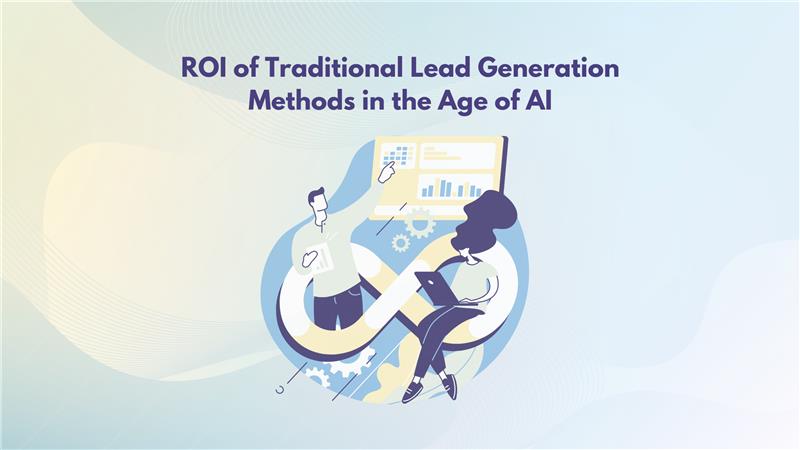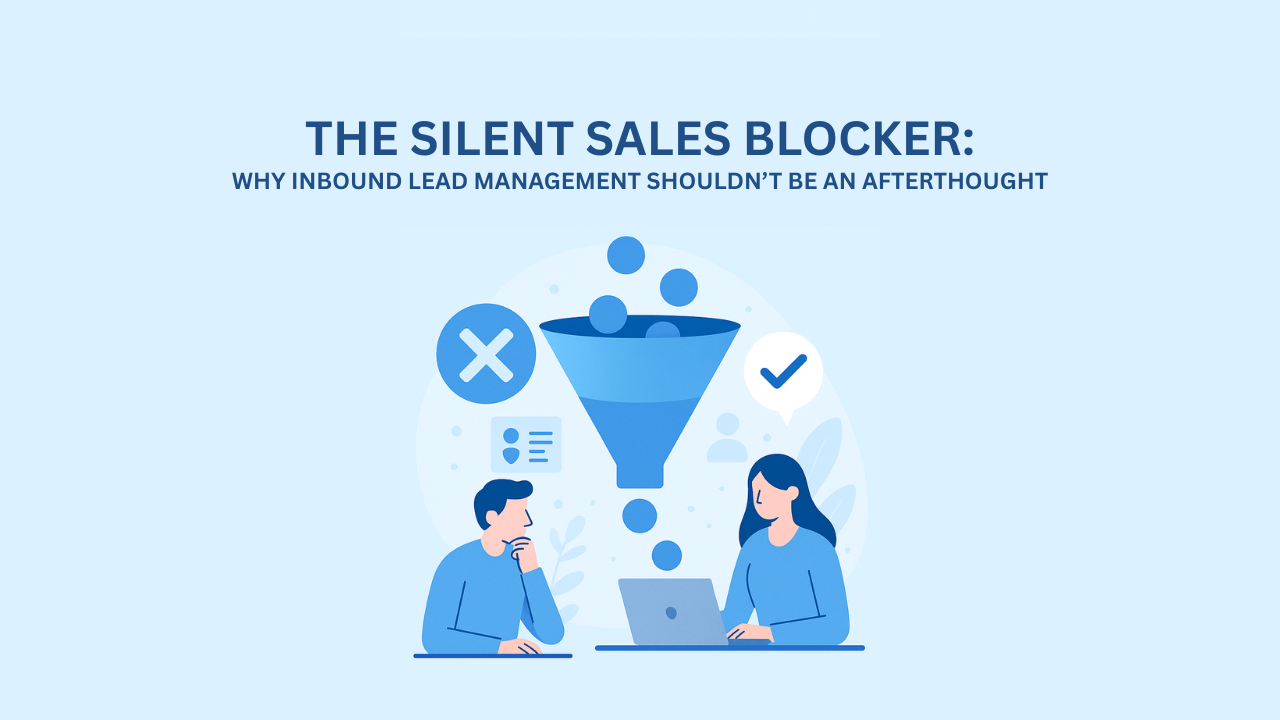
The Evolution of B2B Marketing Segmentation
B2B marketing scenario can be compared to a house garden, where each plant requires your individual attention and care. It’s definitely a dream goal to satisfy and win over all the customers in the market, but the most feasible plan to grow in the market is by looking closely, targeting the not so evident but real opportunities in the marketplace. This is where segmentation comes into the picture. Segmentation in the B2B marketing scene has come a long way, evolving over time with the availability and accessibility of various helping factors.
Market segmentation is the breaking down of the market into customer segments that represent the above mentioned opportunities that can be made use of, by targeting the segments and their needs. While macro segmentation allows you to divide the customers into segments based on their geography and demography, it’s still too wide and vague to help attain the precise segments that you need to reach out. This process requires a strong and granular database that goes beyond the mere data required for geographical and demographic segmentation, better known as macro segmentation. Therefore, this calls for micro segmentation, that requires a strong and granular database that goes beyond the mere geographic and demographic information.
Micro Segmentation
Access to better data and taking on account based marketing has paved the way to better micro segmentation in B2B marketing. By analysing customer databases and carefully constructing ideal customer profiles (ICP), B2B marketers are now capable of identifying the accounts that are best suited for them. This enables them to better understand the needs of these accounts, and invest more valuable resources for them. These ICPs are then transformed into viable target account lists (TAL) by leveraging firmographic intent data. This is a huge step forward in the evolution of market segmentation strategies.
Hyper Segmentation
Further down the lane came hyper segmentation, which involves one to one communication, which proved that micro-segmentation strategies have a long way to go, in order to unearth individual preferences, behavioural nuances and psychological triggers that influence the target B2B buyers’ interactions, interpretation and response to the market and the strategies.
While this might convince one to take the hyper segmentation route, it is imperative to understand that adopting this approach is practical only with great data, and support. Solely relying on this approach by using granular data to construct target audiences can reduce your audience pools to very small and exhaustible sizes, thereby increasing the cost of executing campaigns.
Moreover, this approach makes the process a whole lot more complex and hard to monitor due to the multiple mini-account based audience clusters, and the requirement for special content and execution strategies for each cluster. There is also the possibility of missing out on the opportunity to target viable lookalike accounts with similar buying criteria, information and buying behaviours, as the companies focus on just a few select accounts. This approach might also lead to a failure in intercepting influential decision makers, who experience the product or look for more opportunities, this would in turn lead to a gap in your segmentation and marketing strategy.
The Best of Both Worlds
Macro segmentation might be dated and too less, but when used in the perfect balance with micro segmentation and target strategies, it can work wonders. The key is in matching your segmentation to your funnel objectives. For most businesses regardless of the industry or the region, the top-most agendas include safeguarding the bottom line, and improving and increasing efficiency and productivity.
While engaging in top of the funnel activities, it is possible to group many segments together and serve top level messaging. In the early engagement stages, the marketing segments can be broader. For example, top level messaging along with the brand keywords can be used even for website visitors. This optimises and increases the flow of leads to the top of the marketing funnel.
Once they are in the top layer, granular micro segmentation targeting techniques such as audience targeting, contextual targeting, custom intent targeting, in-market targeting and predictive signals could be used to hold the customers in the grasp of your brand. These tactics allow you to arrive at the data that is necessary to serve relevant messages that resonate with the buyers.
Where Should You Stand?
A perfect amalgam of macro and micro segmentation is the best route to capture and sustain the best fit accounts, the criteria of which is dependent on reliable data that provides insights into the customers and their behaviour and needs. This data is of utmost importance when it comes to identifying similar likes, dislikes and so on, and in segregating them into like-minded clusters.

ROI of Traditional Lead Generation Methods in the Age of AI

In today’s hyper-connected B2B environment, companies invest thousands, sometimes millions, into driving traffic, generating content, running campaigns, and getting potential buyers to raise their hands.
But what happens when those inbound leads actually do show up?

AI is rapidly changing the sales landscape, automating outreach, personalizing engagement, and handling routine tasks at scale. But does this mean the traditional Sales Development Representative (SDR) role is becoming obsolete?